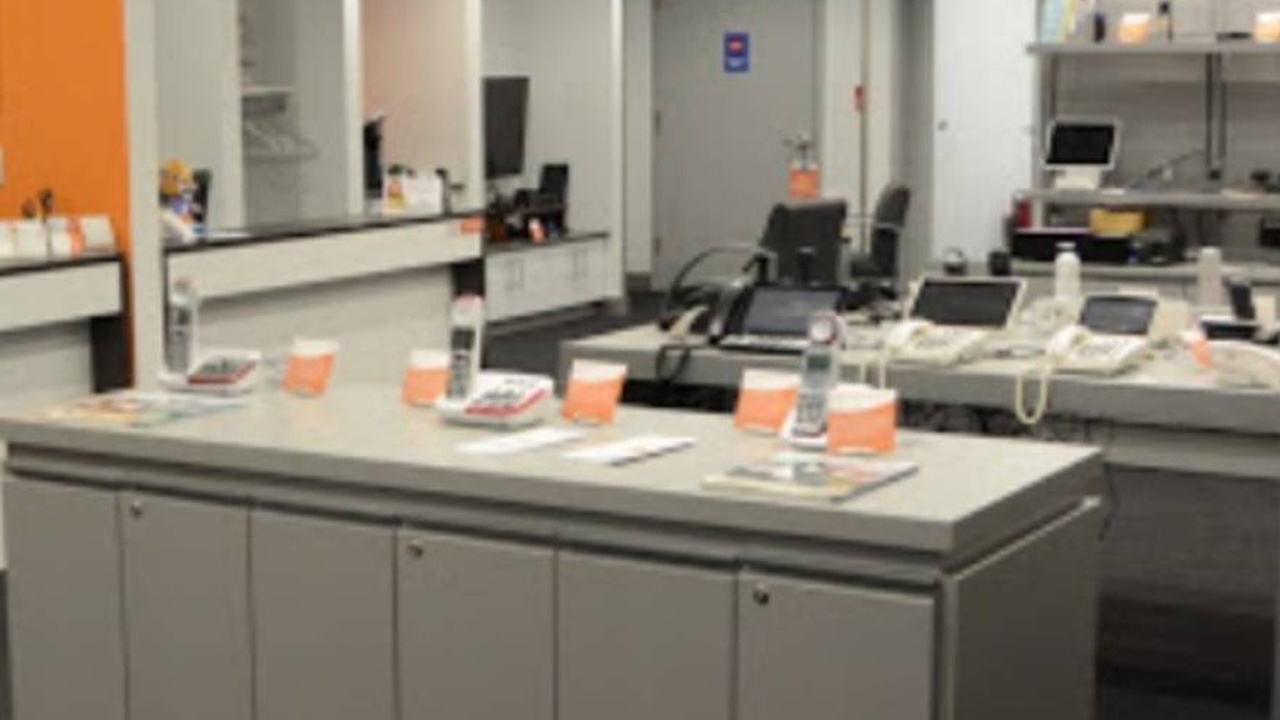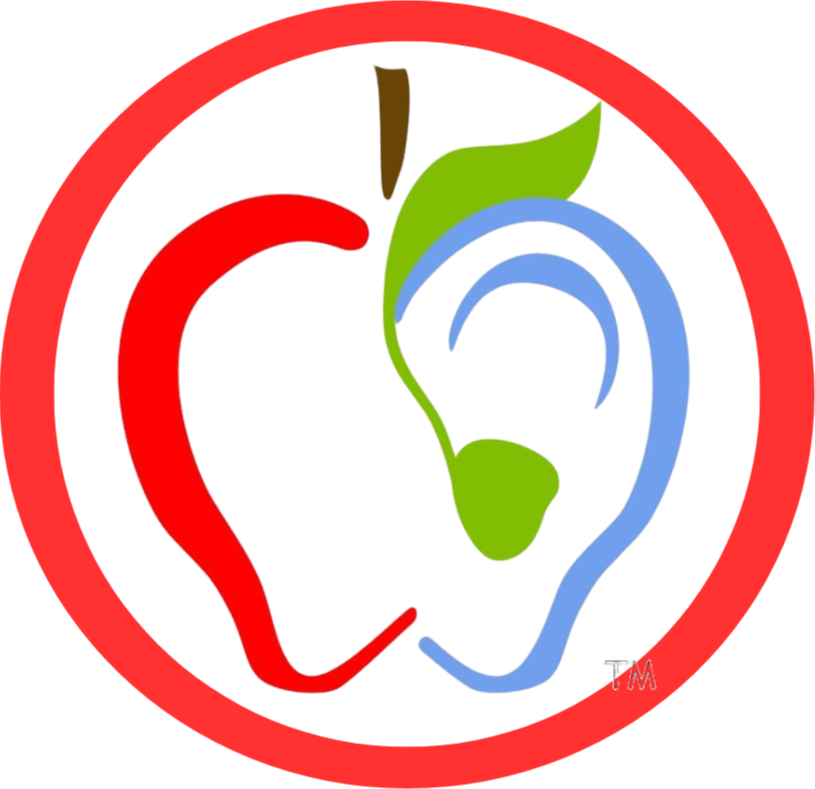Top 10 Assistive Listening Devices for Deaf or Hard of Hearing Children
Jun 16, 2021
Top 10 Assistive Listening Devices for Deaf or Hard of Hearing Children
Are you a parent of a Deaf or Hard of Hearing (DHH) child or a professional who supports families of children who are deaf or hard of hearing?
Many of us are unaware of the assistive listening devices that are available for children that would be helpful in the home environment. Looking at all the different options can be overwhelming and feel potentially expensive. You don’t know where to look or what works.
I’m here to simplify things for you.
Below you can find my top ten list of devices that can significantly improve a child’s independence, access, and overall confidence.
The top three on this list are the products that are most universally used and what I most recommend you consider, while the other products listed have specific functions that may or may not apply to your situation. They are definitely worth looking into, but may or may not be a fit for an individual child. In the end, make sure to do your research to see what works for your situation.
Top 10 List of Best ALDs for DHH Students:
- Neckloops (~$50-$350) – For students who have auditory access, these are my absolute favorite! If you had to pick one thing from this list, this would be it! Think of these as headphones for people with hearing aids. Like headphones, they have hard-wired audio jacks and wireless Bluetooth options. Neckloops with the audio jacks are around $50, while the Bluetooth options can be higher in price, like the Quattro, shown below. Audio jacks tend to have more reliable connectivity, but Bluetooth is equally as beneficial such that it doesn’t require a wire to be constantly connected to a device. Regardless of whether you choose the Bluetooth or the hard-wired option, your child/student will be able to listen to any audio device that has a 3.5mm output or a device that can be paired through Bluetooth, like a phone or a computer. Simply, this will help your child gain better access to the technology that non-DHH children have. Neckloops can also act as amplifiers - sort of like an FM system for the home. My favorite brand is Clearsounds Quattro ($229.95) because it can turn a hearing aid that does not have a Bluetooth feature into one that DOES.


- Signaling Systems (~$70-$300) – This is probably one of the best ways to help a deaf or hard of hearing child learn independence early. Go independence! You may alert kids to events that they wouldn’t normally realize were happening, such as a doorbell or an alarm going off. These signaling systems are their beginning steps to start doing things on their own! It will allow them to wake up by themselves, to answer the door when someone rings the bell, and to know when notifications pop up on their devices. Signaling systems come in a few different forms. They can be a visual signal, such as a flashing light on your phone when you receive a notification. It can be a vibrotactile signal, such a bed shaker that can connect to an alarm. There also can be a loud audio signal, like an amplifier, for those who are hard of hearing. Clearsounds have a wide array of alerting devices ranging from standalone bed shaker alarms to entire home alert systems. I encourage you to browse the Clearsounds website to find the product that works best for you and your child/student. These prices can range from approximately $70 to about $300, depending on whether you get one product or an entire system. I am including the link to their website here: https://clearsounds.com/collections/all#
- Telephone Equipment Distribution (TED) Program (Free with Eligibility) – These devices can be expensive and really take a toll on your wallet. This program can help in many ways. For one, it has a plethora of adaptive telephone devices for those who have difficulty using a standard phone. The important aspect to note is that, if you are eligible, these devices are loaned to you at no additional cost for as long as you need it. A few of the devices that may be available are amplified answering machines, captioned telephones, ring signaling devices, and more. This list may vary from state to state, so make sure to see what is available near you. It is a government-funded program, so it will be on a government website. To find out what your state offers, go to the Hearing Loss Association of America's website at https://www.hearingloss.org/hearing-help/financial-assistance/state-telephone-programs/
Captioning – Covid has made auto-captioning more accessible and more accurate, however please note that it still has limitations, such as the ability to transcribe when there are multiple speakers, accuracy from a distance or with background noise, as well in situations that use unusual vocabulary. However, platforms like Otter.ai or Live Transcribe has made autocaptioning more accessible than ever. This is a great tool in the home environment.- Video Relay (Free) – Specifically for signing children, this is an important service to have. It works like this; you will sign your message to this third-party service, who will then translate your message into audio for the person you are talking to. The videophone and the service is free. This is a great way for signing kids to be able to connect with extended family members or others who don't sign and a great way to encourage independence - children can even order a pizza through this service! Check out Sorenson for more information: https://www.sorenson.com/

Livescribe Pens (~$100) – Now these are pretty cool! Students can digitize their notes along with record audio. A seriously cool gadget! Students can replay their notes in the app that accompanies the pen by pairing it with Bluetooth and their phone. It also comes with some accessories and is definitely worth checking out. Here’s their website: https://us.livescribe.com/ I've even heard of DVR and the school paying for this technology to support a student with hearing loss in notetaking.
- Captioned Phones (Free with Eligibility) – Just like captioned television, captioned phones have “talk-to-text” so that you can read as the message comes in. This is great for kids who are hard of hearing. Like video relay, there are services accessible to those who are DHH. If you are eligible, you can receive these services and the equipment for free! Check with your state’s hearing loss programs to see what’s available to you. (listed in #3)
In-Line Amps (Prices vary) – This is slightly older tech, but just as reliable! Amplifiers are meant for those who have mild to severe hearing loss. They can amplify the sound to up to 40dB. Sometimes the older the better. I like the kind that has an on/off switch to allow both deaf/hard of hearing people and hearing people to use the same device. You would just simply install the in-line amp into a device such as a phone, turn it on when your DHH child would want to use it, and turn it off when anyone else needs to use the phone. The price also varies greatly on these depending on how technological you want to get with it. The SuperEar Personal Sound Amplifier has an on/off switch and runs for about $60.
ALD Phone Apps (Prices vary) – There’s an app for that! Actually, there are many apps to choose from, it’s just a matter of choosing the app that best suits you and your child. Here are a couple apps to consider: Ava and Rogervoice. Ava is a great live captioning tool which will listen to live conversations and translate them to text on your phone screen. Rogervoice is a captioned call app, which will listen to your phone calls and create live captions for you. The difference between these two is that Ava is meant for in-person conversations while Rogervoice is meant for over the phone.
Infrared Systems (~$100-$300) – The movies can be tough for anyone with hearing loss. Often, theaters offer infrared systems upon request. As long as there is a transmitter, a receiver, and a direct line of sight, a person with hearing loss will be able to listen through their hearing aid to the movie as they’re watching it.
These technologies (and more) are all featured in the training "Hearing Loss Technology: Leveling the Playing Field." This is just one example of trainings in both the FRIEND Academy for families and the Professional Academy for Professionals. This particular training was presented by Laura Plummer, MA, CRC, ATP.
To see what other trainings are offered through the Online Itinerant, go to www.TheOnlineItinerant.com today!

